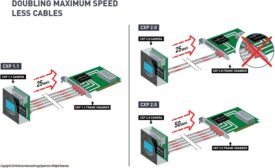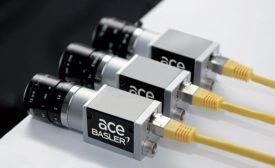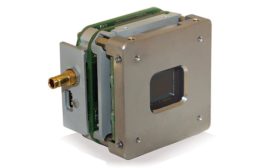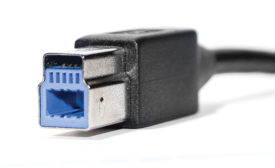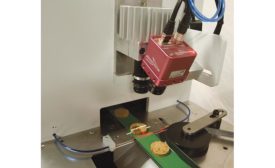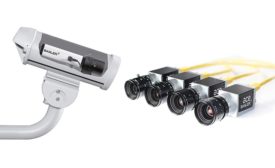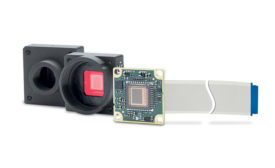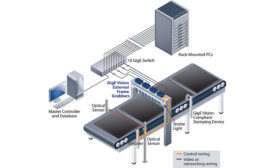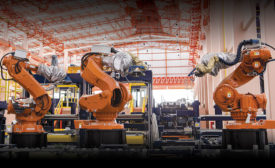Home » GigE
Articles Tagged with ''GigE''
Ethernet Evolution – 10 Gigabit Ethernet
With 10 gigabit ethernet, higher bandwidth is added to the familiarity and reliability of gige vision cameras and twisted pair cabling
September 1, 2017
The Future of Machine Vision Standards
Because of the large scope of machine vision, there can be no true winner of this battle of standards.
July 1, 2017
The Future of Machine Vision Interfaces
Explore the current state and near future of the most popular machine vision interfaces that do not need a frame grabber.
May 1, 2017
Compression Technology & Industrial Cameras
Algorithms for image data compression follow the mechanisms of human eyesight and human image interpretation.
May 1, 2017
Machine Vision goes Embedded Vision
In this new embedded setting the individual components are combined and become one device, so machine vision becomes embedded vision.
September 1, 2016
The Human Side of Machine Vision
VISION STANDARDS ARE ADVANCING THE DESIGN OF NEW MACHINE VISION TECHNOLOGIES WHILE STILL ADDRESSING THE HUMAN NEED FOR SIMPLE TO USE SYSTEMS.
December 16, 2015
Stay in the know with Quality’s comprehensive coverage of
the manufacturing and metrology industries.
eNewsletter | Website | eMagazine
JOIN TODAY!Copyright ©2024. All Rights Reserved BNP Media.
Design, CMS, Hosting & Web Development :: ePublishing
